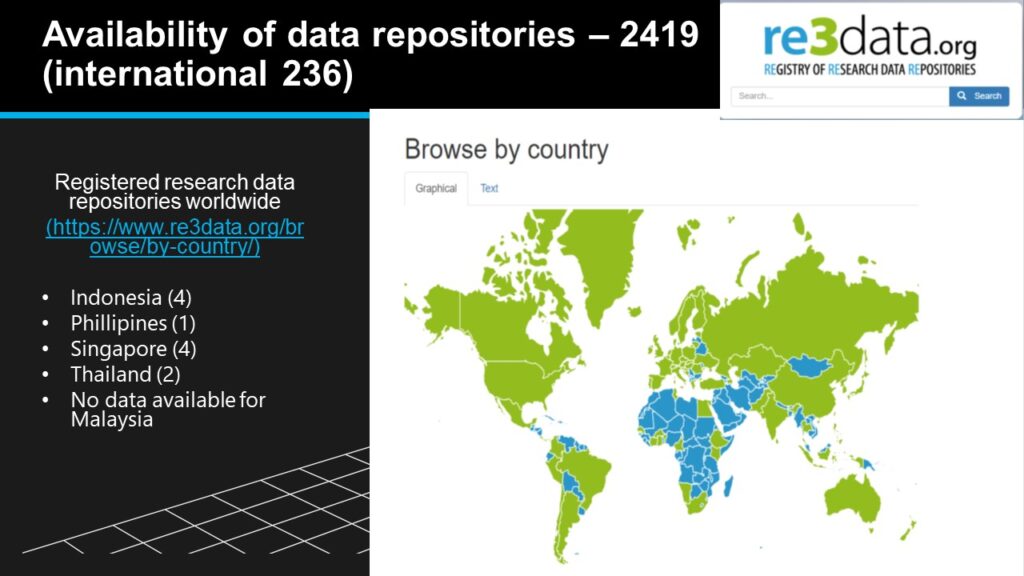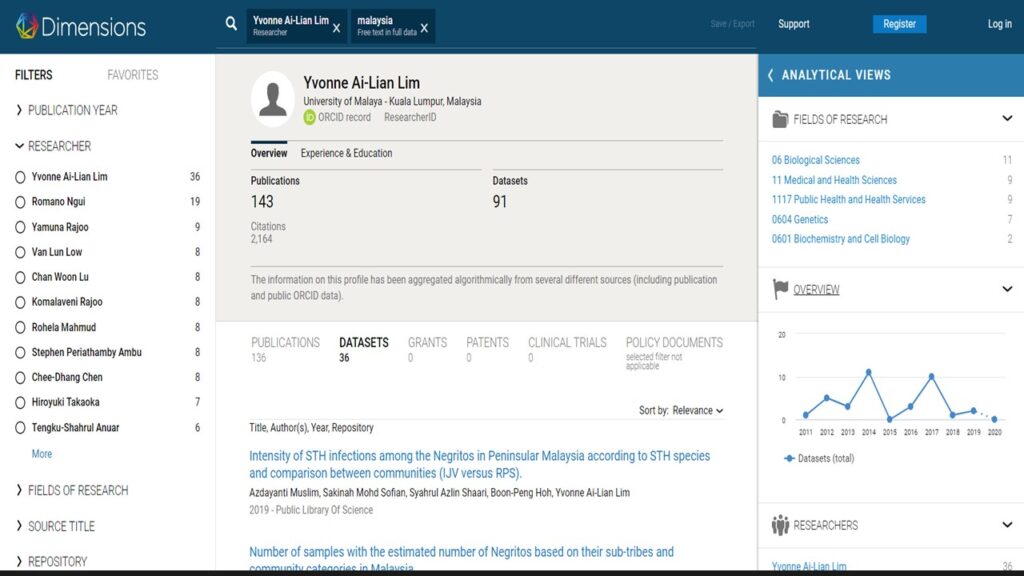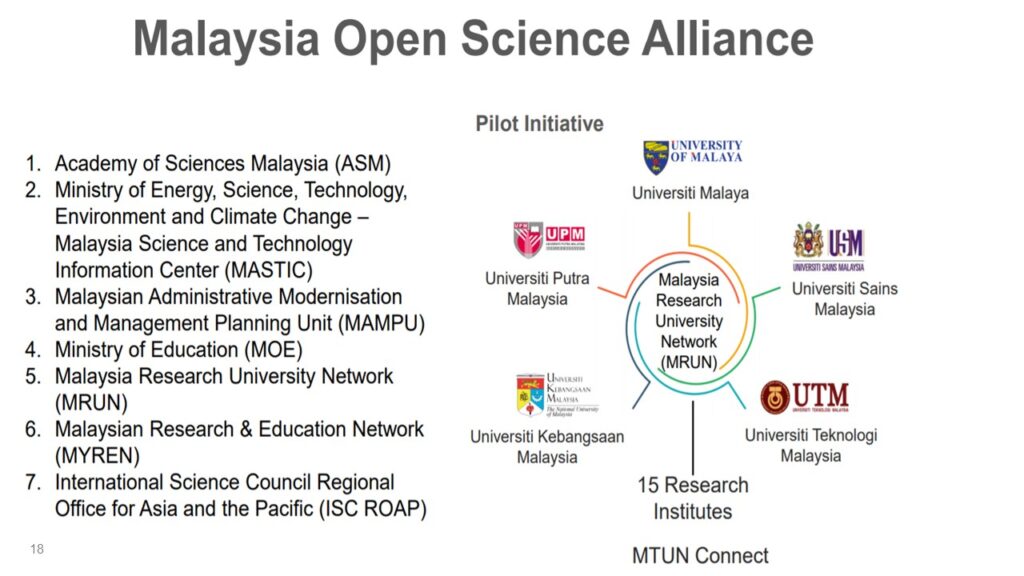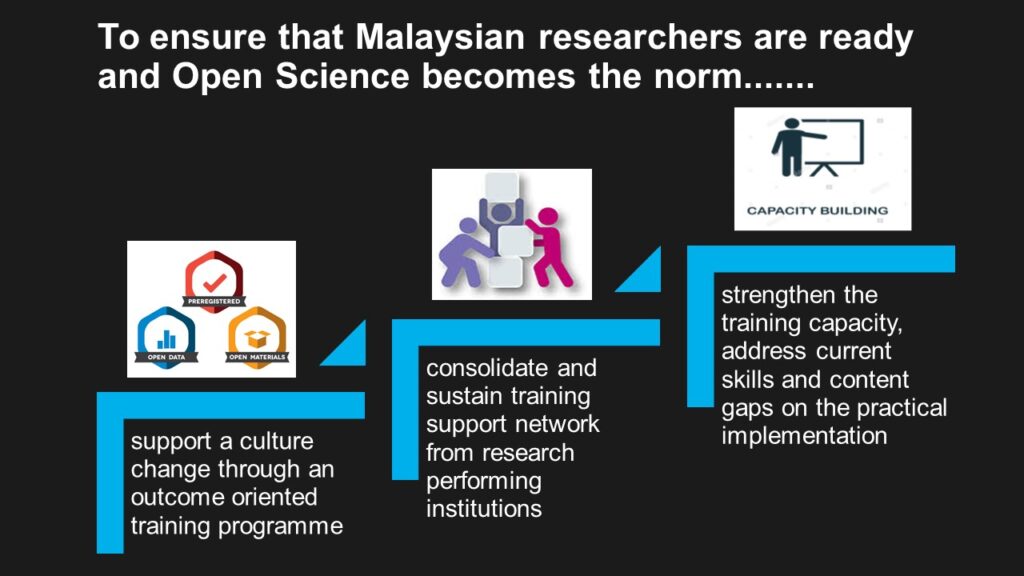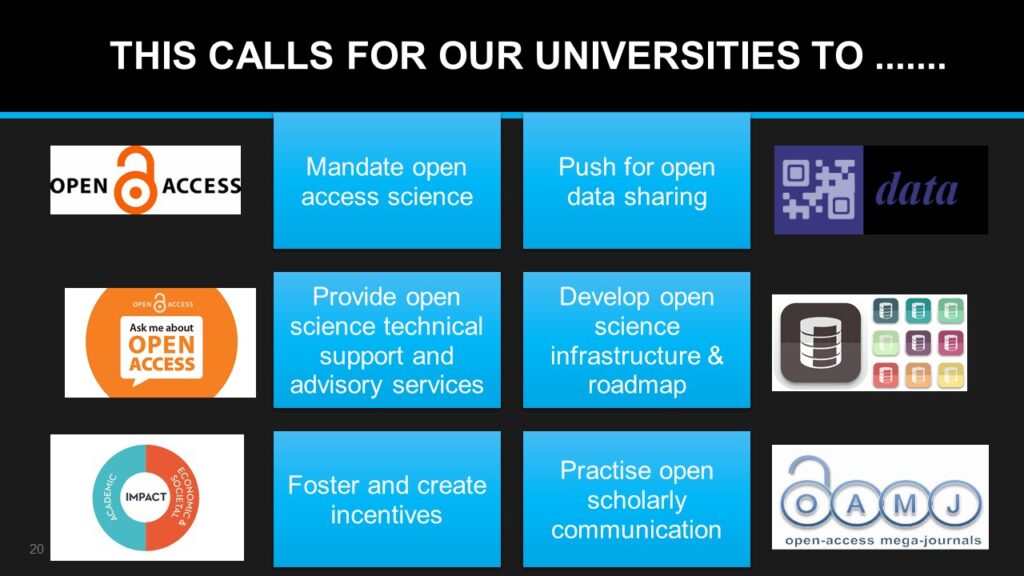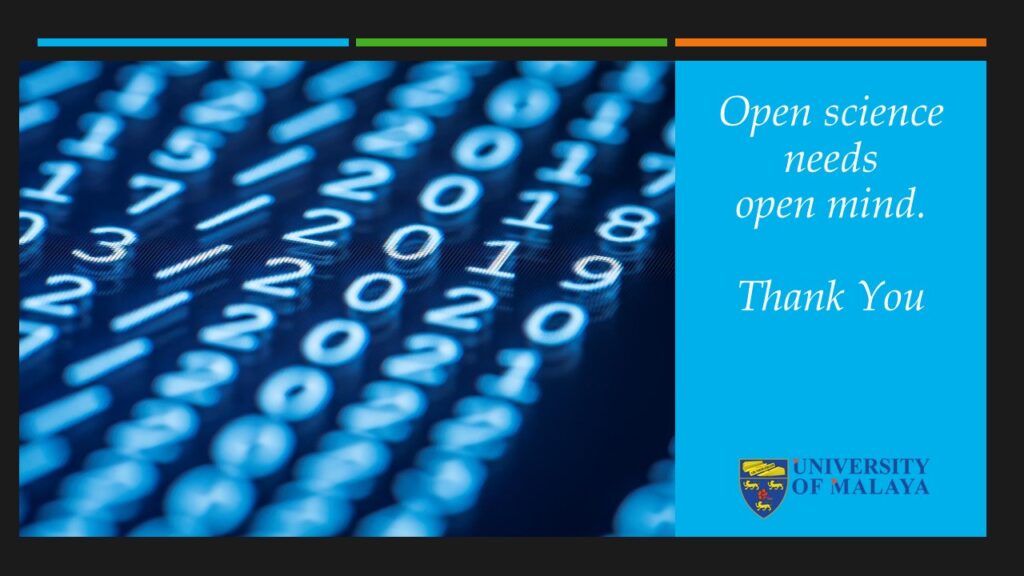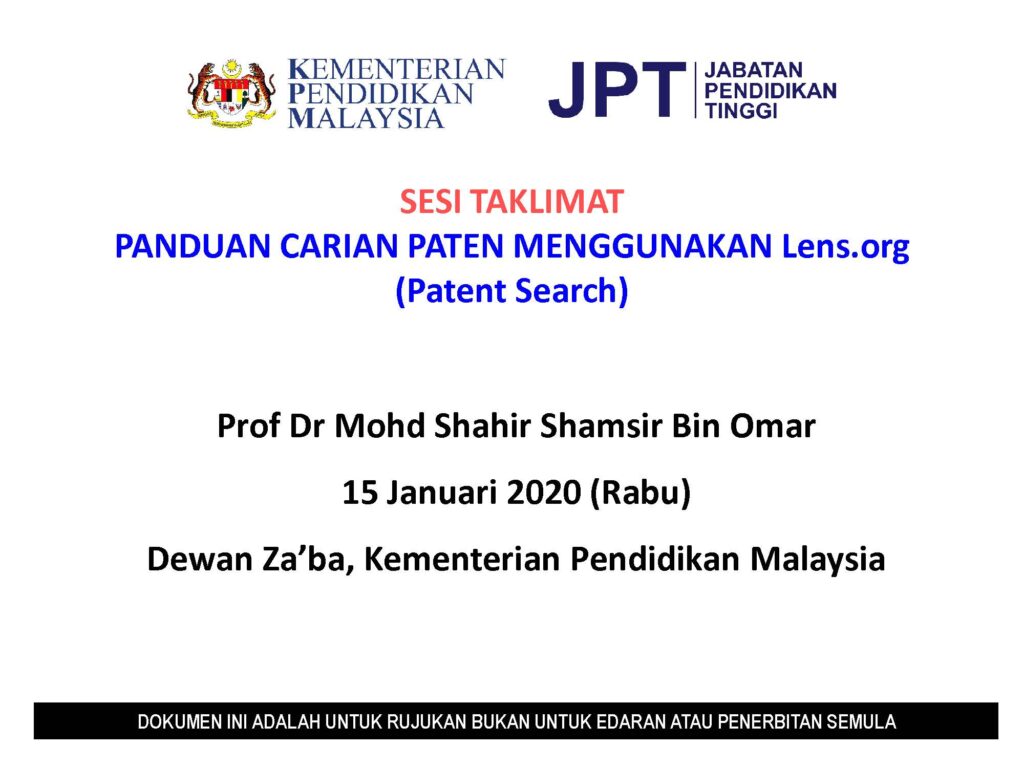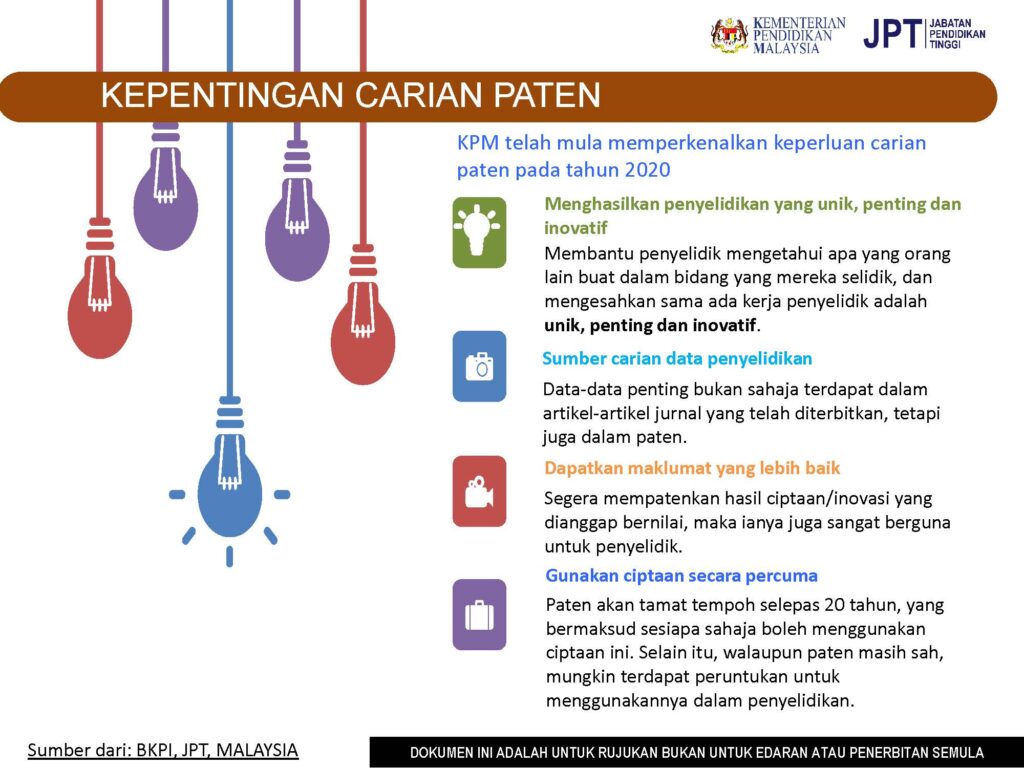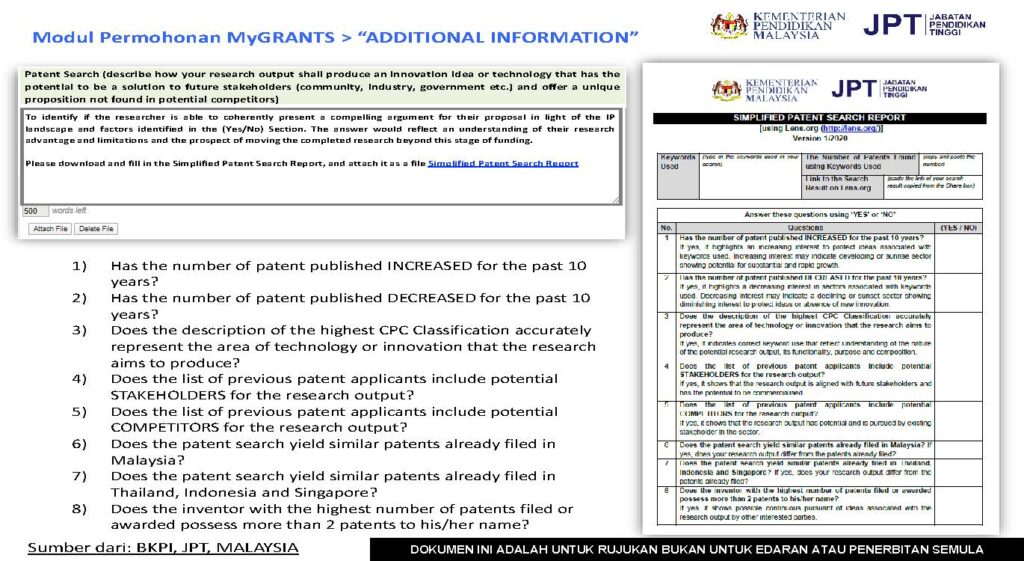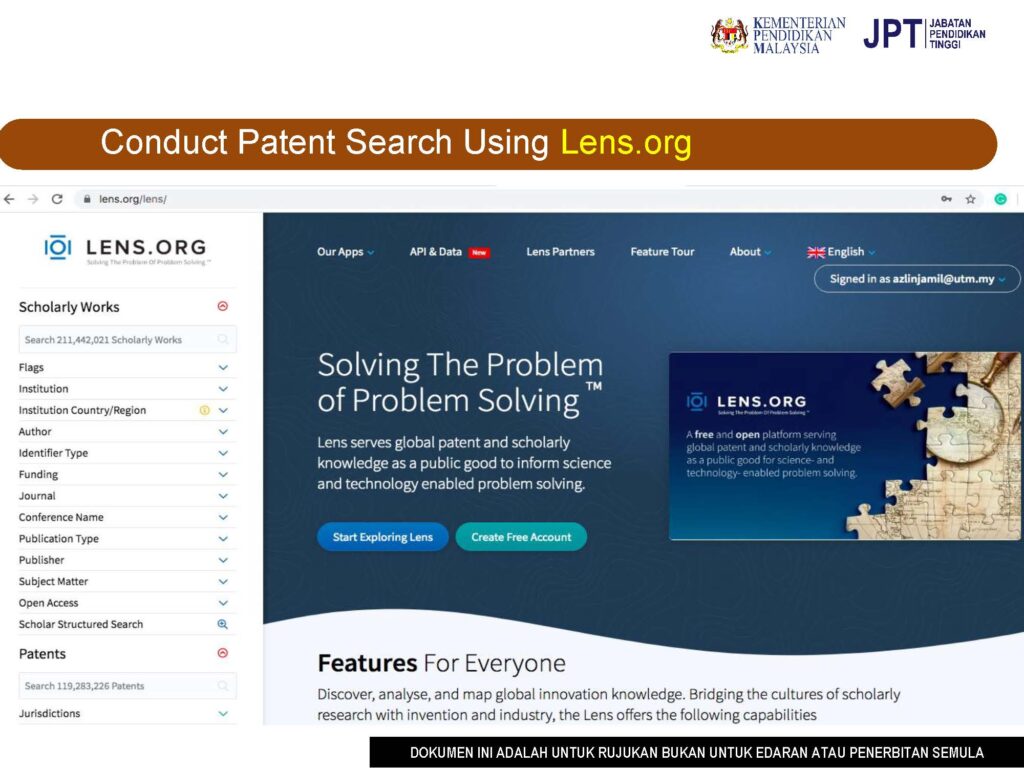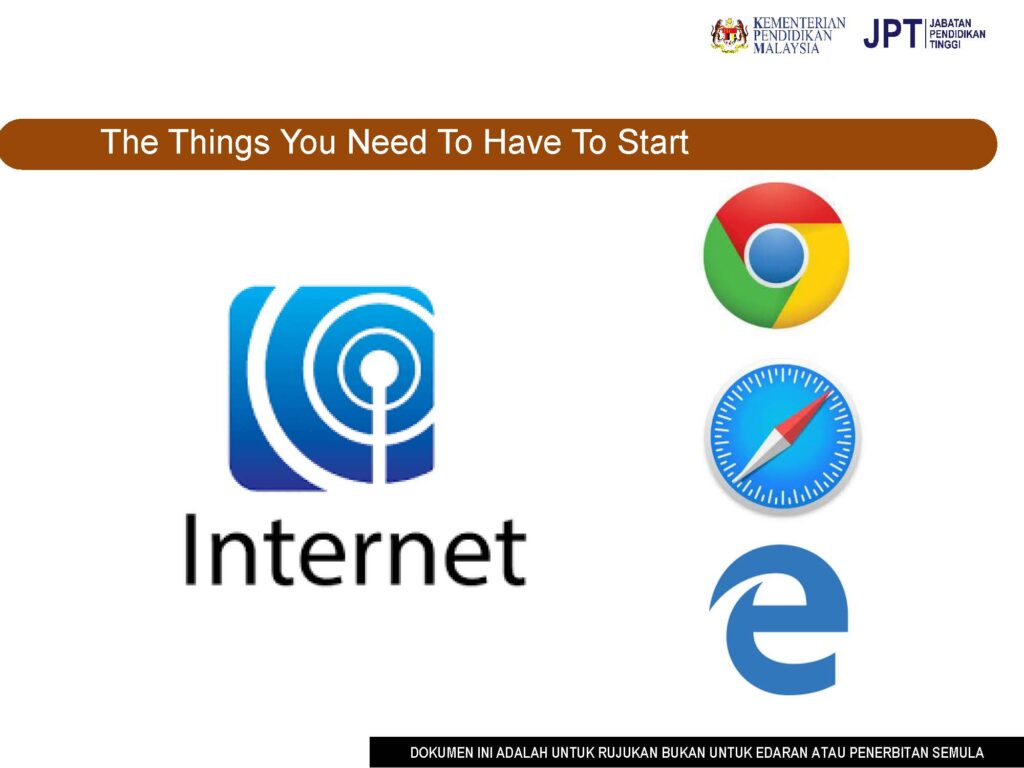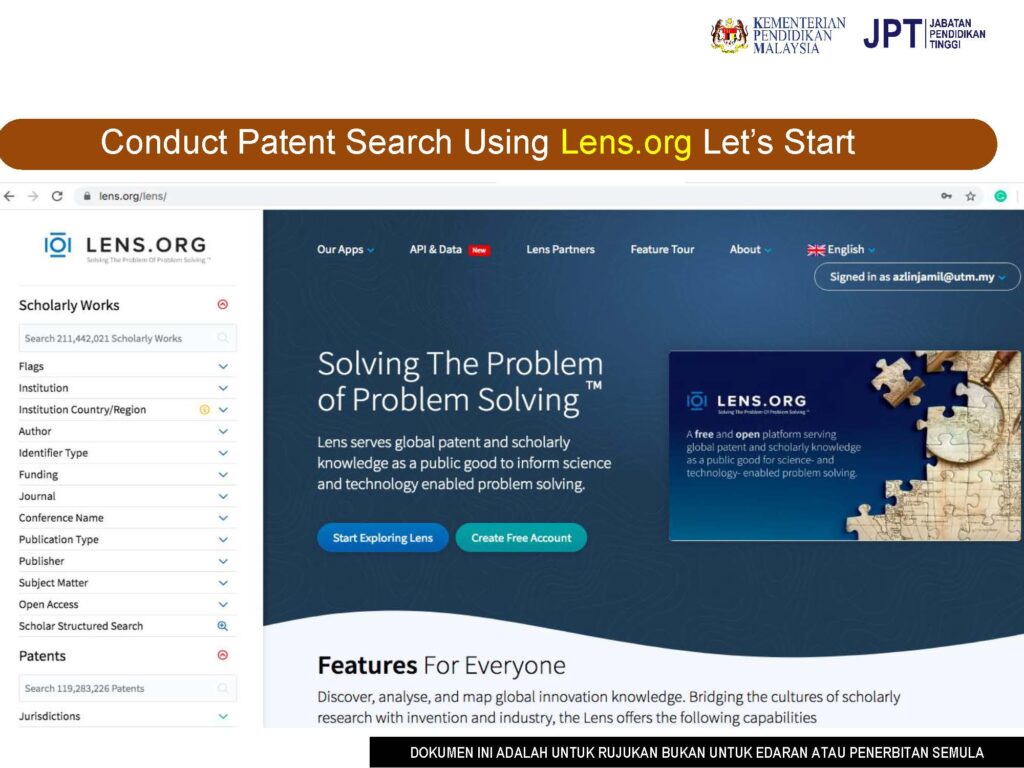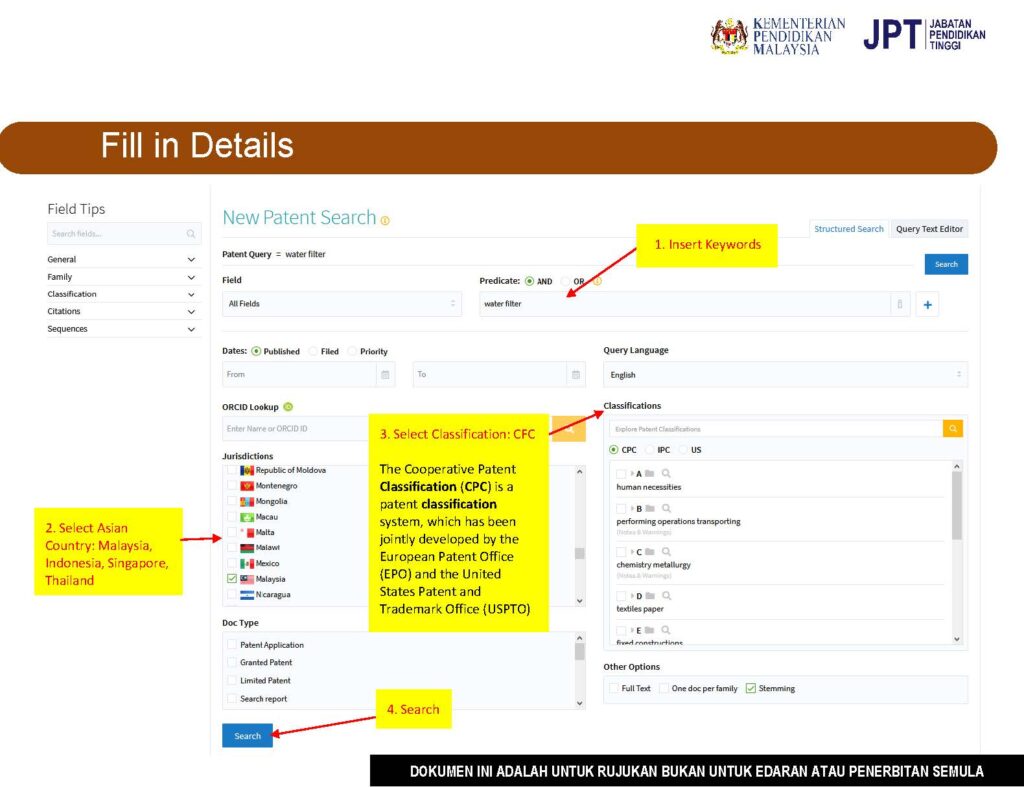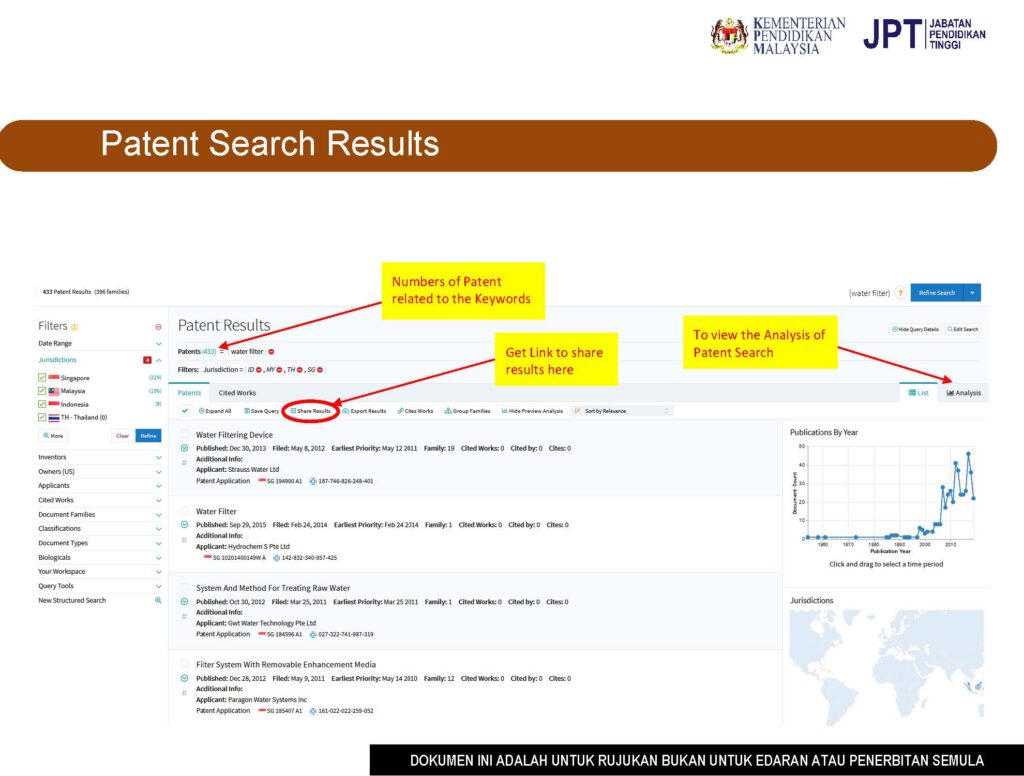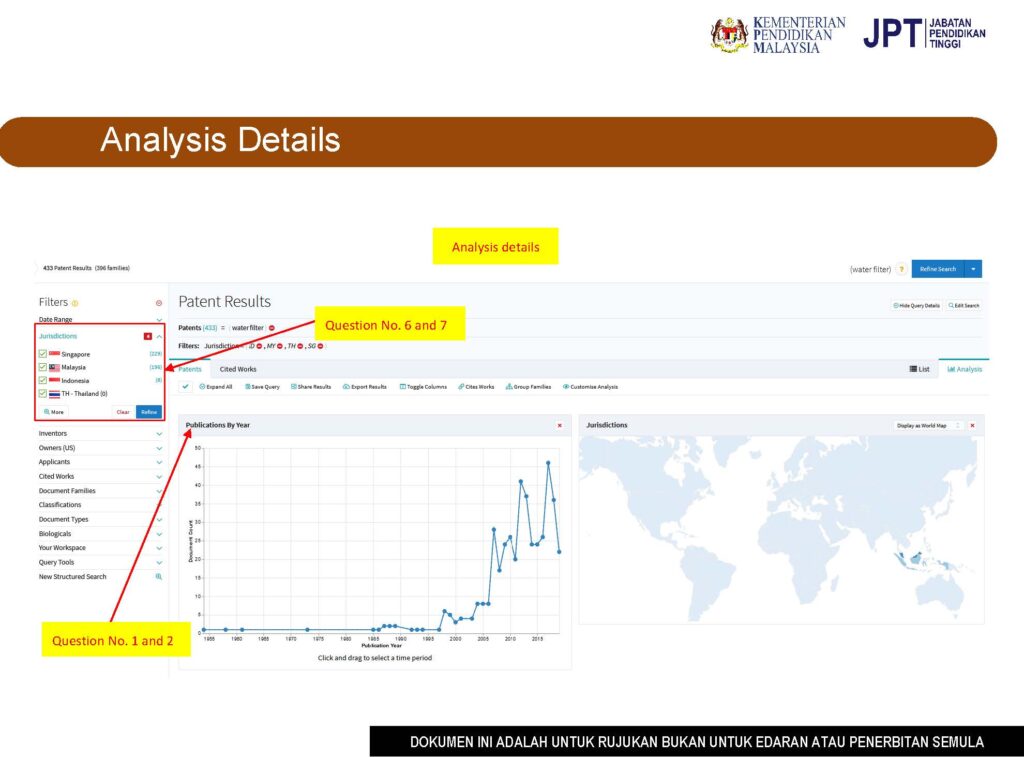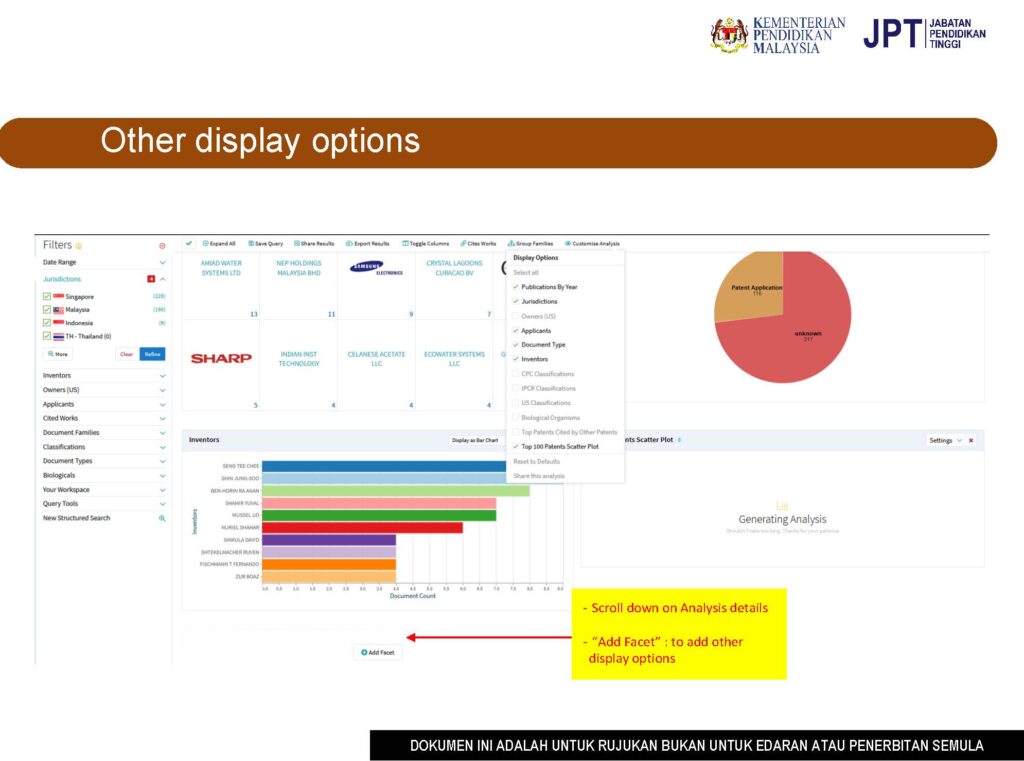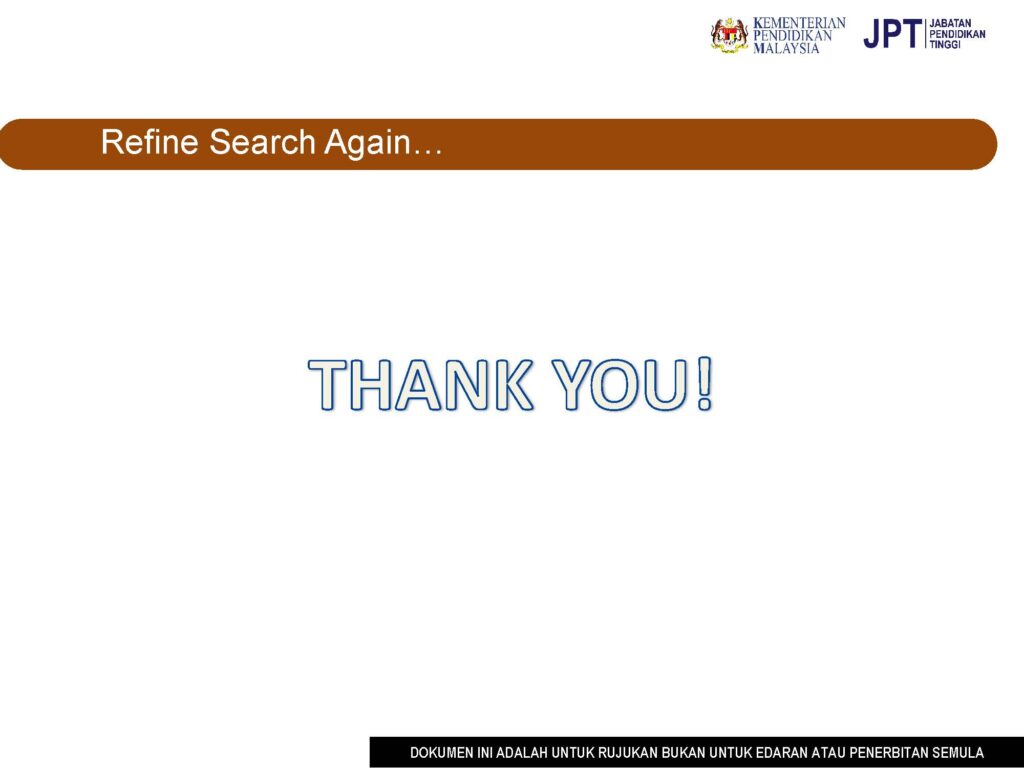Advancing Citations, Open Research, and FAIR Practices for the Academic Community and Beyond: The Essential Role of Digital Object Identifiers (DOIs)
By Mohamad Mostafa
Regional Engagement Specialist, DataCite
Advancing Citations, Open Research, and FAIR Practices for the Academic Community and Beyond: The Essential Role of Digital Object Identifiers (DOIs)
By Mohamad Mostafa
Regional Engagement Specialist, DataCite
We are so sorry to inform you that the workshop is cancelled due to unforeseen medical circumstances involving our trainer.

JRMG Special Issue – 2nd Research Management and Administration Symposium, 23-24 November 2023
1.0 Type of Articles: Short Communication/ Case Studies
Short communications should be similar to a research article, but with shorter sections on Materials and Methods and Discussion. The total length should be about 2,000 words not including the abstract, references, and appendices.
2.0 Manuscript formatting
2.1 Text
2.2 Subdivision
2.2.1 numbered sections
It is recommended that you divide your article into clearly defined and numbered sections. Subsections should be numbered 1.1 (then 1.1.1, 1.1.2, …), 1.2, etc. (the abstract is not included in section numbering). Any subsection may be given a brief heading. Each heading should appear on its own separate line.
2.2.2 Figures and tables
Authors should place all figures and tables within the text at the appropriate points. All figures and tables should be numbered and cited in the paper in consecutive order. Figures should have sufficient resolution or quality of at least 300 dpi.
Captions for Figures should appear at the bottom of the Figure (e.g. Figure 1. Title of the figure). Every table must have a descriptive title above it (e.g., Table 2. Title of the table) and if numerical measurements are given, the units should be included in the column heading. Vertical lines should not be used.
2.3 Title Page and Authors’ Information
The following information must be included in the Title Page.
3.0 Outline of Articles
3.1 Full Title
3.2 Abstract
The abstract should briefly state the purpose of the research, the principal results, and major conclusions. The abstract should be self-contained and citation-free and should not exceed 250 words.
3.3 Keywords
The authors should provide up to 7 keywords, avoiding general and plural terms and multiple concepts (avoid for example, “and,” “of” etc.). Separate each keyword with a semi-colon (;).
3.4 Introduction
This section should be concisely written with no subheadings.
3.5 Materials and Methodology
This part should contain sufficient detail so that all procedures can be repeated. It can be divided into subsections. Provide references for previously published methods.
3.6 Results and Discussion
This section may be divided by subheadings or may be combined. Results should be clear and concise.
3.7 Conclusions
This should clearly explain the main conclusions of the work highlighting their importance and relevance.
3.8 Acknowledgements
All acknowledgements (if any) should be included at the very end of the paper before the references and should include supporting grants. This section should be removed for the blinded manuscript.
3.9 References
Authors are responsible for ensuring that the information in each reference is complete and accurate. Only include references that have been cited within the text. Avoid references that identify the authors in the blinded manuscript.
References should be prepared according to the Publication Manual of the American Psychological Association (APA 7th edition).
Examples of in-text and end-of-text reference as follows:
Journal article (with DOI)
Chen, C.D., Chang, L.W. & Tan, H.W. (2017). Starting of a new scholarly journal. Journal of Research Management, 1(2), 48-53. doi: um.ippp/um.jrmg.001.2.002
Journal article (without DOI)
Chen, C.D., Chang, L.W. & Tan, H.W. (2017). Starting of a new scholarly journal. Journal of Research Management, 1(2), 48-53.
Journal article (with URL)
Chen, C.D., Chang, L.W. & Tan, H.W. (2017). Starting of a new scholarly journal. Journal of Research Management, 1(2), 48-53. Retrieved from https://jrmg.um.edu.my/past-issues/001.2.002
Book
Chen, C.D. (2017). Starting of a new scholarly journal. University of Malaya Press.
Article/Chapter in Book
Chen, C.D. (2017). Starting of a new scholarly journal. In Chang, L.W. & Tan, H.W. (Eds), Scientific writing (pp. 48-53). University of Malaya Press.
No Author Mentioned
World Health Organization (WHO). (2017). Chemical Management. Geneva, Switzerland.
Proceedings
Chen, C.D., Chang, L.W. & Tan, H.W. (2017). Starting of a new scholarly journal. Proceedings of International Conference of Research Management, August 28-30, 2017, Kuala Lumpur, Malaysia (pp 1-2).
Theses/Dissertations
Chen, C.D. (2017). Starting of a new scholarly journal. (Masters Thesis, Universiti Malaya).
Internet Document
Chen, C.D. (2017, October 4). How to start a new scholarly journal [Video file]. Retrieved from www.youtube.com/watch?v=Ccd17JRMGCcd.
3.10 Appendices
Reference to the materials in the appendices must be mentioned in the text. Appendices should be labelled as in the order that they appear in the text (e.g., Appendix A, Appendix B and so on).
4.0 Submission of Articles
The completed and formatted manuscript should be submitted via the journal submission page: https://jrmg.um.edu.my/index.php/JRMG/about/submissions.
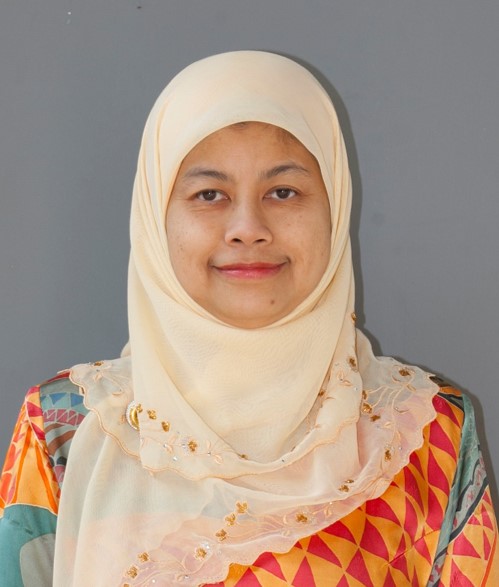
Professor Dr. Shaliza Ibrahim
President
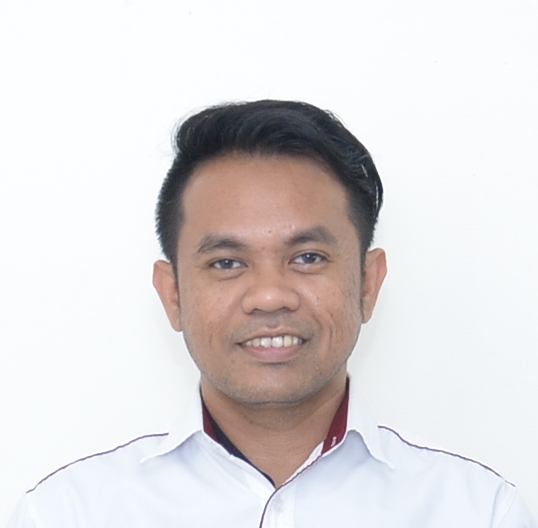
Professor Dr. Shukor Abd Razak
Vice President
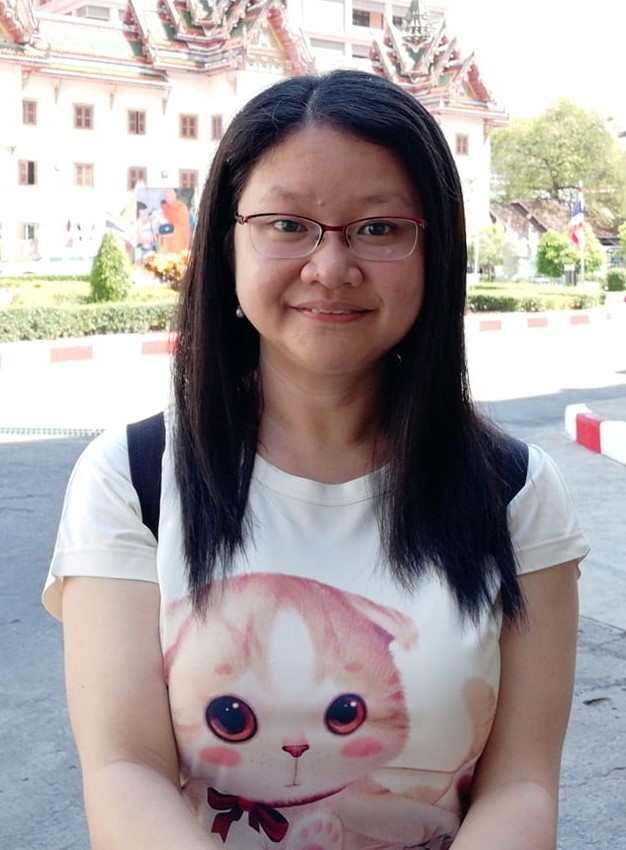
Dr. Tan Hsiao Wei
Secretary

Dr. Abang Azlan Mohamad
Assistant Secretary
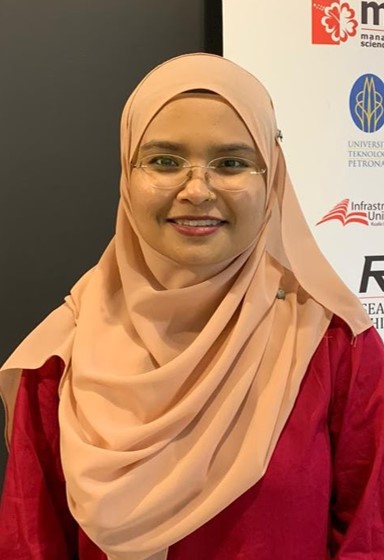
Assoc. Prof. Dr. Mariam-Aisha Fatima
Treasurer

Assoc. Prof. Dr. Poh Phaik Eong
Assistant Treasurer

Assoc. Prof. Dr. Mustafa Man
Ordinary Exco Member

Assoc. Prof. Dr. Norshahrizan Nordin
Ordinary Exco Member
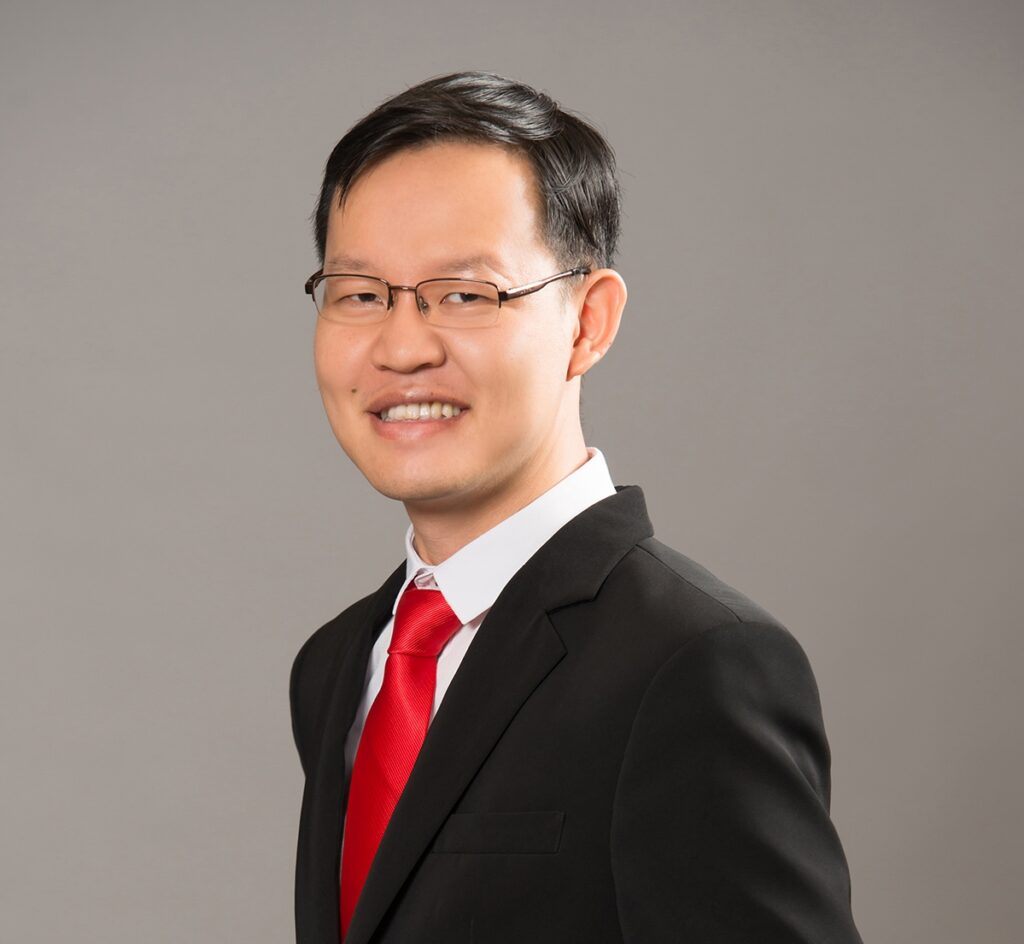
Assoc. Prof. Dr. Tee Boon Tuan
Ordinary Exco Member

Assoc. Prof. Ts. Dr. Wong Kung Teck
Ordinary Exco Member












